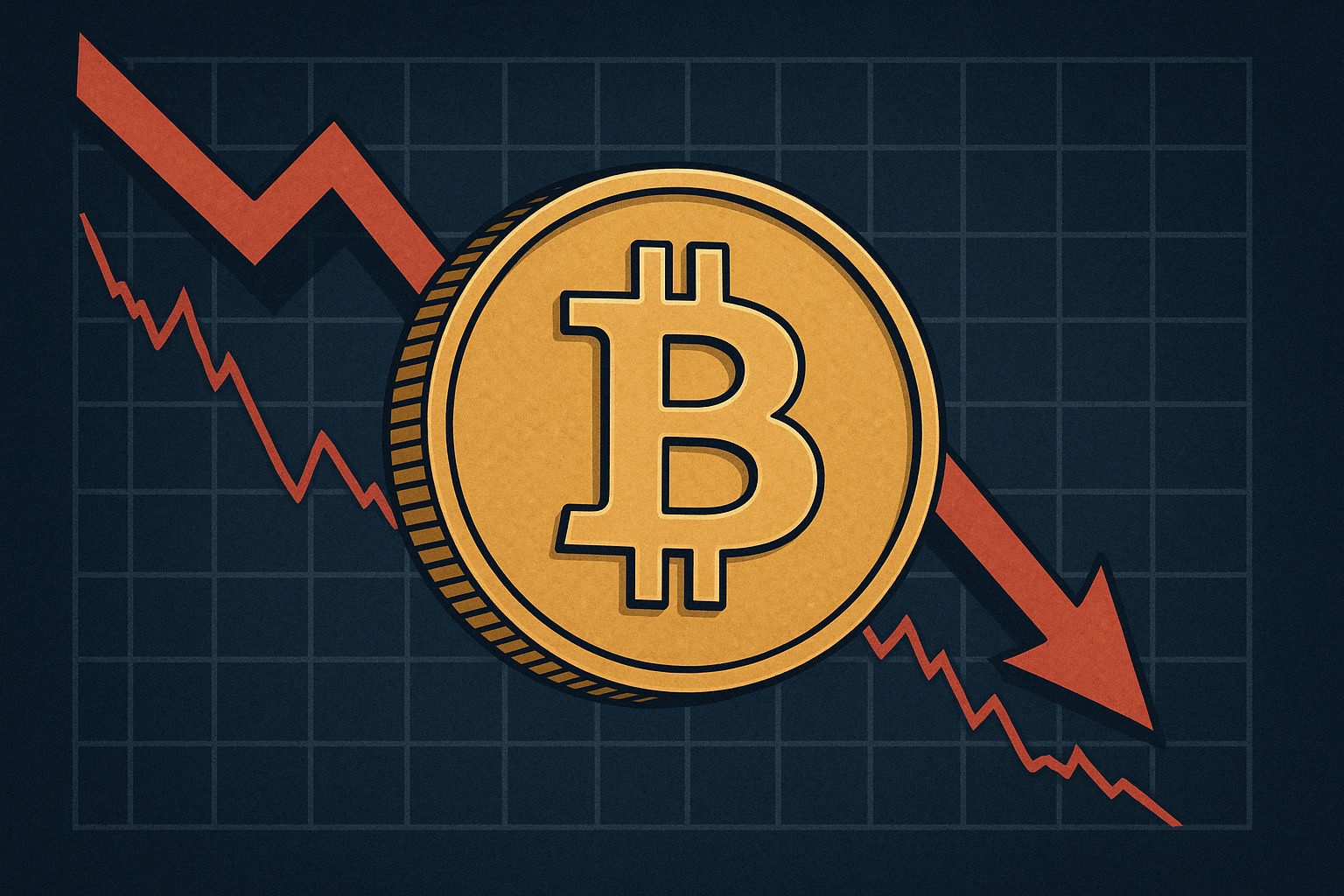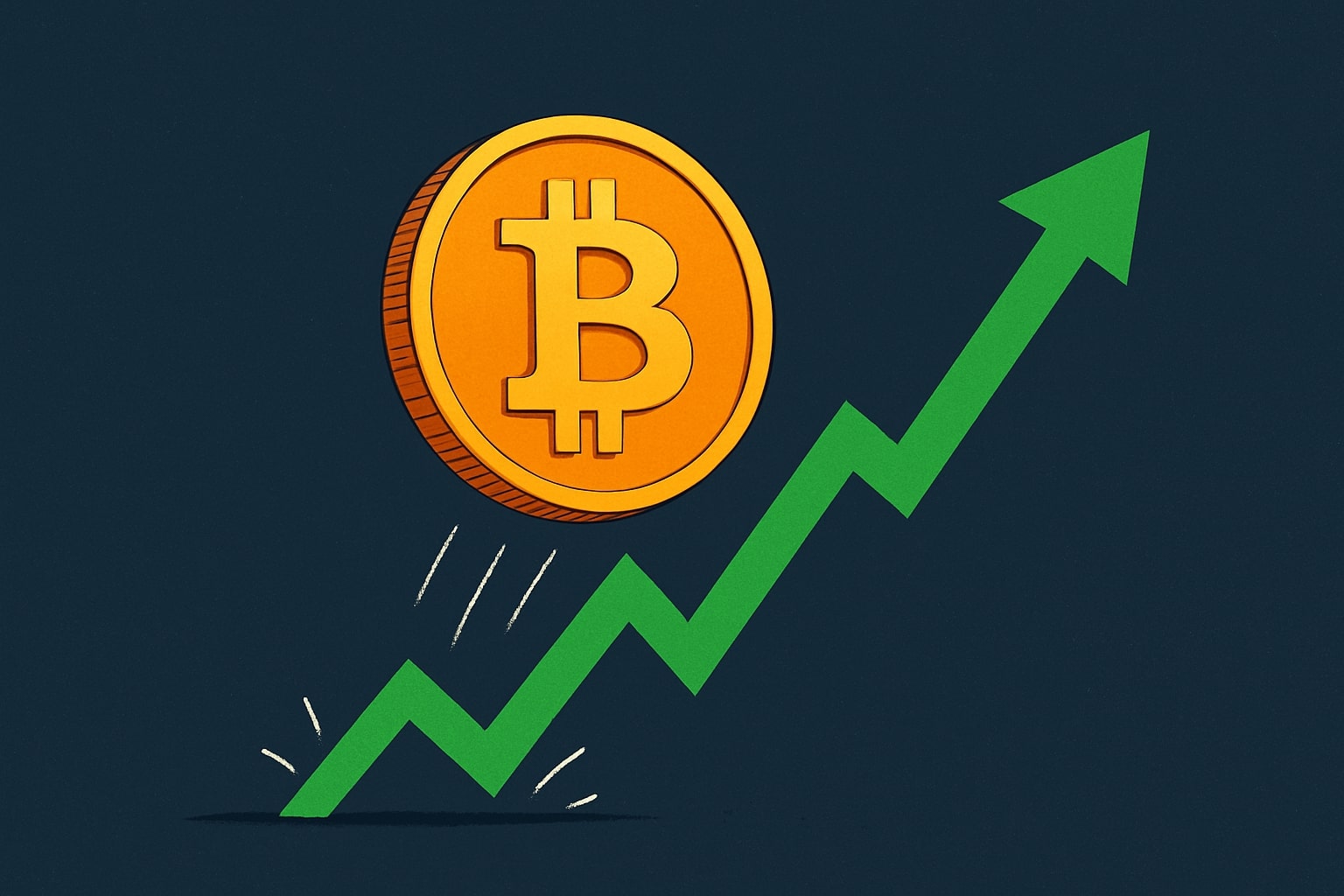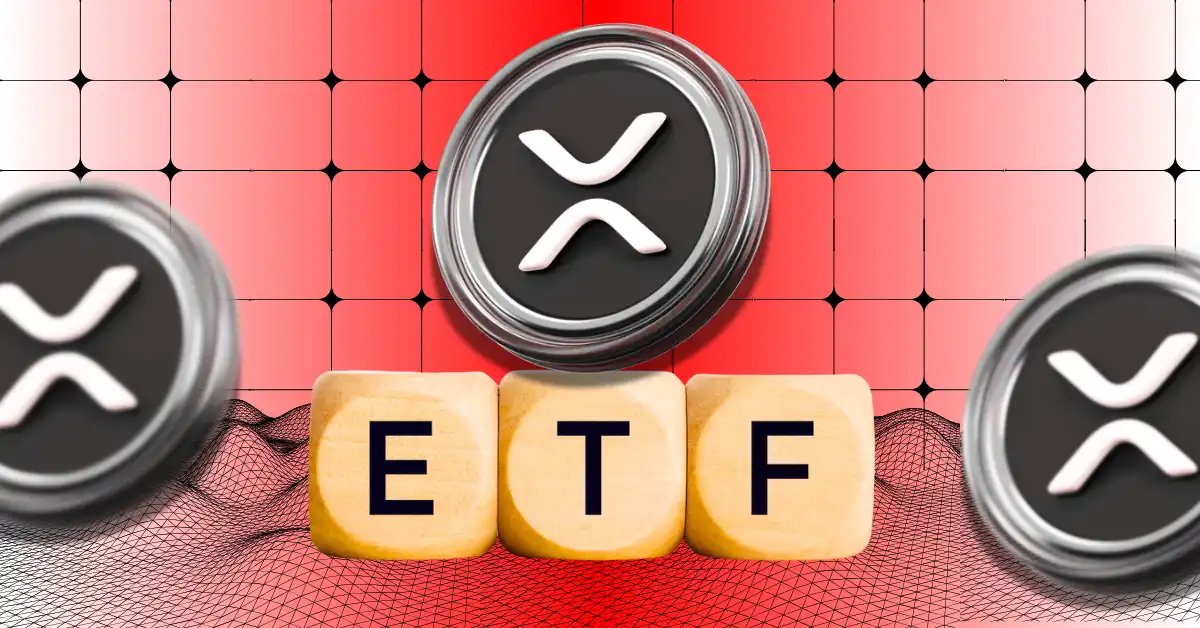Arthur Hayes, the co-founder of BitMEX, has stated that Bitcoin’s well-known four-year market cycle is no longer valid. In a recent blog post, he explained that the cryptocurrency’s price movements are now mainly shaped by changes in global liquidity rather than the passage of time between halving events.
According to Hayes, Bitcoin’s historical bull and bear markets were not inherently cyclical but were tied to the flow of money within the global economy. He highlighted that past rallies coincided with expansionary policies in the United States and China, while downturns began when those liquidity conditions tightened. The pattern, he said, has become less relevant in the current environment as monetary policy has shifted in new ways.
Hayes noted that the U.S. Treasury has recently added around $2.5 trillion into markets through the drawdown of the Federal Reserve’s Reverse Repo program, increasing liquidity. He also cited the Trump administration’s push for easier monetary policy and the Federal Reserve’s rate cuts despite inflation remaining above target. Market data from the CME Group shows a 94% probability of another rate cut in October and 80% odds of another slash in December.
Previous Market Peaks Were Liquidity Events
Hayes traced Bitcoin’s past bull markets to specific liquidity surges. The first major rally in 2013, he said, was driven by U.S. quantitative easing and China’s rapid credit expansion. When both central banks tightened monetary conditions, the price of Bitcoin fell sharply.
The second major cycle, often linked to the 2017 initial coin offering (ICO) boom, was also powered by Chinese credit growth and yuan devaluation. When credit slowed, Bitcoin’s price collapsed again. The third surge, during the COVID-19 pandemic, was driven by U.S. stimulus and low interest rates. That period ended when the Federal Reserve began tightening policy in late 2021.
This time, however, Hayes said China is not limiting liquidity to the same degree. Instead, Beijing is attempting to reverse deflationary pressures, creating a neutral to mildly supportive backdrop that allows U.S. monetary expansion to drive global asset prices higher, including Bitcoin.
Institutional Adoption Signals Structural Change
K33 Research supported Hayes’ argument in a report this week, declaring that Bitcoin has entered a “new structural regime.” Head of Research Vetle Lunde wrote that the four-year cycle framework is outdated, replaced by factors such as institutional inflows, ETF integration, and global regulatory clarity.
The report stated that Bitcoin’s latest rally has lasted roughly 1,051 days since the 2022 bottom, nearly matching previous cycle lengths but breaking from the predictable timing pattern tied to halvings. It also noted a surge in institutional participation, with companies like BlackRock now managing around $100 billion in Bitcoin assets.
K33 reported that combined exposure from U.S. ETFs, CME futures, and perpetual contracts increased by 63,083 BTC last week, marking the largest weekly accumulation of 2025. While such spikes have sometimes preceded local market highs, the data shows Bitcoin’s growing maturity as a globally integrated asset.













